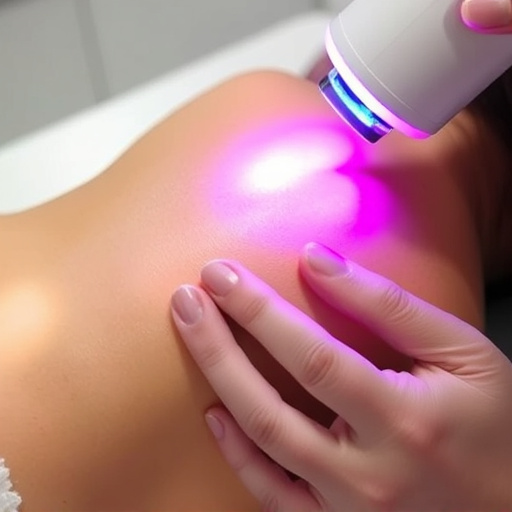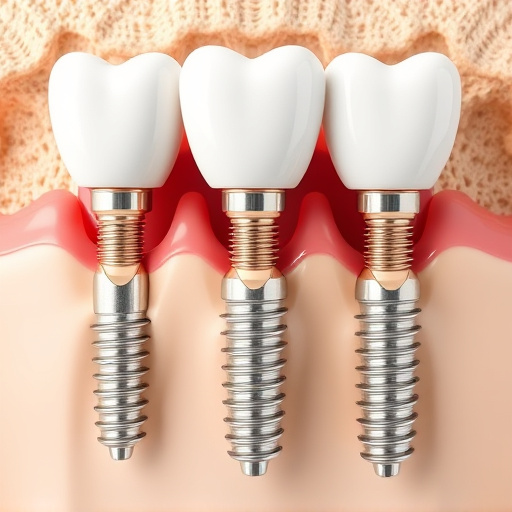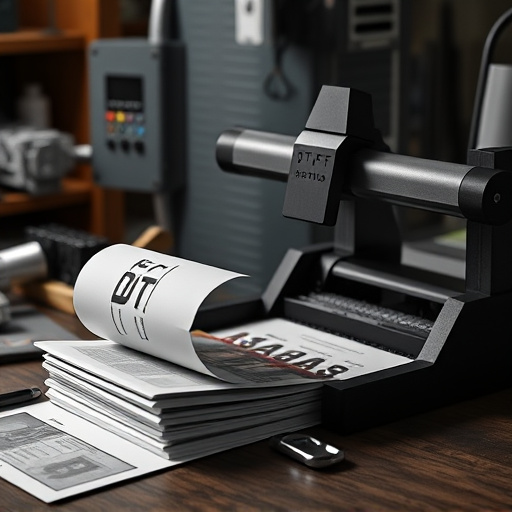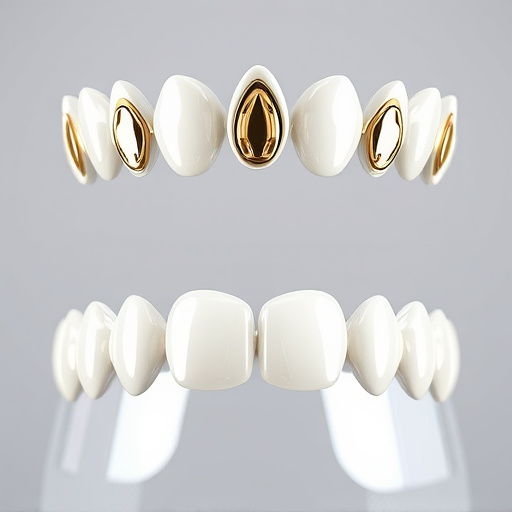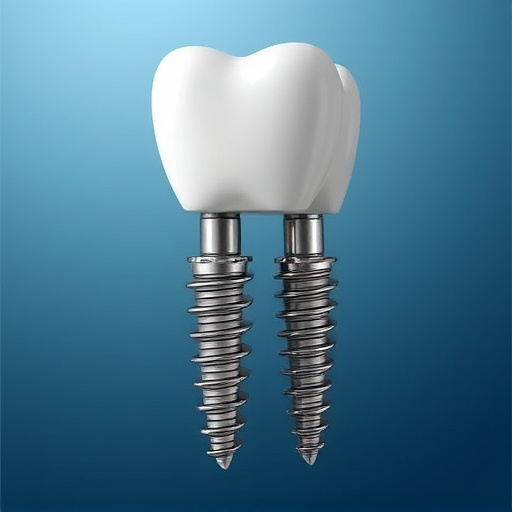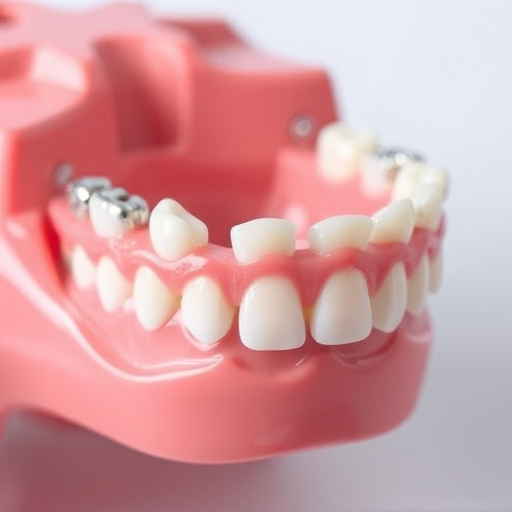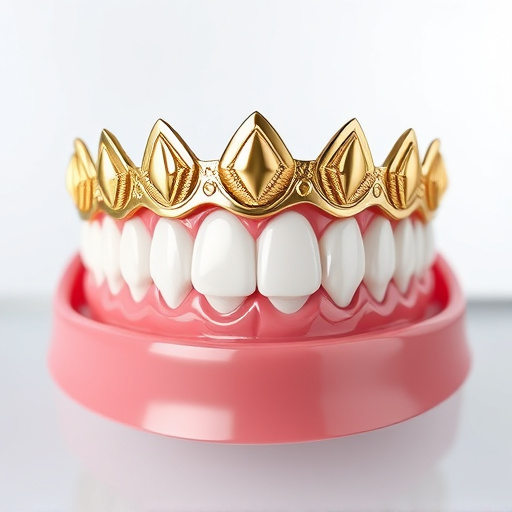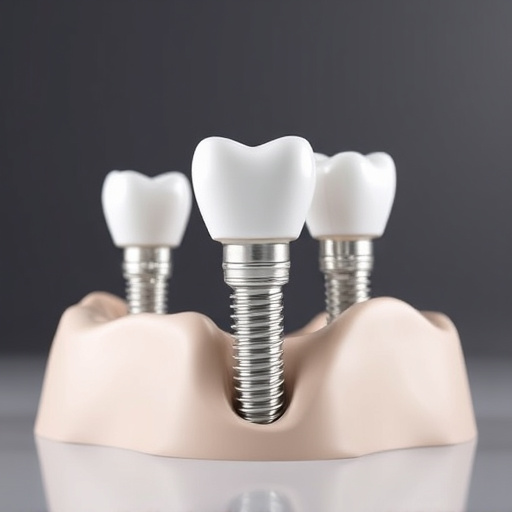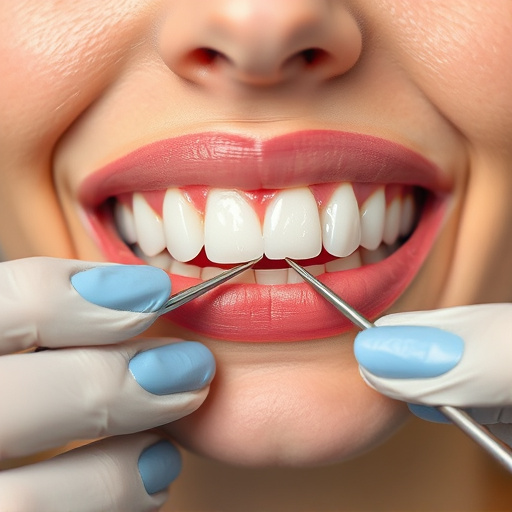The crown lengthening procedure is a minimally invasive dental solution that enhances aesthetics and functionality by modifying the gum line to reveal more natural tooth structure. It improves oral hygiene, provides better access for brushing and flossing, reduces decay and gum disease risks, and ensures adequate tooth structure for restorative dentistry like crowns or bridges. Advances in modern dentistry have made this procedure faster (from weeks to days) with reduced recovery time, using laser technology and precise techniques to minimize post-operative pain and swelling. Proper post-treatment care involves keeping the area clean and dry, gentle brushing, salt water rinses, managing discomfort with over-the-counter pain relievers, avoiding strenuous activities, and regular dental check-ups to monitor healing.
“Uncover the transformative power of crown lengthening procedures, a minimally invasive dental treatment with remarkable benefits. This advanced technique offers a swift path to healthier teeth and a brighter smile.
In this comprehensive guide, we explore the process, from understanding the basics to uncovering modern techniques that facilitate faster recovery. Whether you’re considering this procedure for aesthetic reasons or to improve oral health, this article provides valuable insights into what to expect during and after treatment.”
- Understanding Crown Lengthening: Uncovering the Procedure and Its Benefits
- The Minimally Invasive Approach: Modern Techniques for Faster Recovery
- Post-Treatment Care and Recovery: What to Expect After Your Crown Lengthening Procedure
Understanding Crown Lengthening: Uncovering the Procedure and Its Benefits
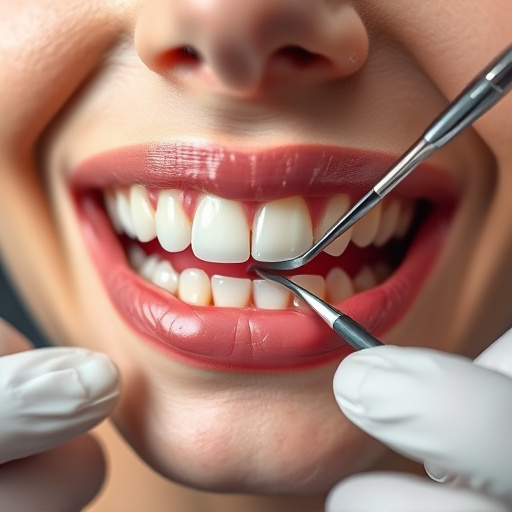
Crown lengthening procedure involves carefully modifying the gum line to reveal more of a tooth’s natural structure. This minimally invasive technique is often sought after for aesthetic reasons, as it can enhance the appearance of teeth that are aesthetically displeasing due to their short appearance or misalignment. However, beyond its cosmetic benefits, crown lengthening also offers practical advantages. By exposing more of the tooth, it allows for better brushing and flossing, promoting improved oral hygiene and reducing the risk of decay and gum disease.
This procedure is particularly useful in cases where a patient requires extensive restorative dentistry, such as placing crowns or bridges. By ensuring adequate tooth structure is present, the crown lengthening procedure facilitates long-term success of these treatments, contributing to comprehensive dental care. Moreover, for those needing emergency dental care due to damaged or decayed teeth, crown lengthening can be a step towards regaining oral health and confidence in one’s smile.
The Minimally Invasive Approach: Modern Techniques for Faster Recovery
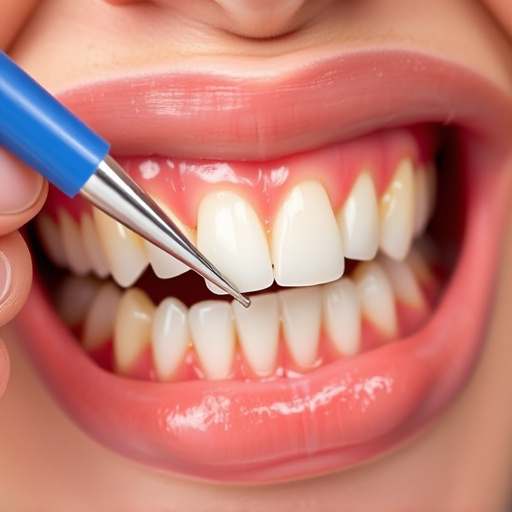
The crown lengthening procedure has evolved significantly with modern techniques that prioritize a minimally invasive approach. This advanced method allows dentists to enhance the appearance and functionality of teeth while minimizing discomfort and recovery time. Traditional crown lengthening often involved extensive cutting and sculpting of gum tissue, leading to longer healing periods. However, contemporary methods utilize laser technology, precise tools, and specialized surgical techniques to access and reshape the jawbone in a more conservative manner.
This new approach results in faster recovery for patients, often reducing healing time from weeks to days. By avoiding extensive soft-tissue manipulation, modern crown lengthening procedures minimize post-operative pain and swelling. Additionally, these innovative techniques enable dentists to place cosmetic fillings or perform tooth extractions with greater ease, ensuring a more comfortable experience for the patient throughout the entire process.
Post-Treatment Care and Recovery: What to Expect After Your Crown Lengthening Procedure
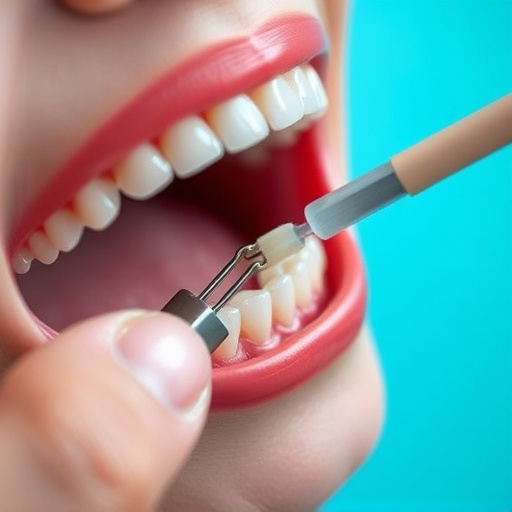
After your crown lengthening procedure, it’s important to take some precautions and be aware of what to expect during recovery. Typically, post-treatment care involves keeping the treated area clean and dry. Your dentist may recommend using a soft-bristled toothbrush and gentle toothpaste to brush around the gums gently, avoiding any direct contact with the treated area. Rinsing with salt water several times a day can help reduce swelling and promote healing.
During the recovery period, you might experience some mild discomfort or sensitivity, which is normal. Over-the-counter pain relievers can help manage any discomfort. It’s crucial to avoid strenuous activities and heavy chewing for a few days to prevent disrupting the healing process. Additionally, regular dental check-ups are essential to monitor the progress of your crown lengthening procedure, ensuring everything heals as expected. For any signs of infection or severe pain, seek emergency dental care promptly.
The crown lengthening procedure offers a minimally invasive solution for achieving healthier, better-functioning teeth. By employing modern techniques that prioritize faster recovery, this treatment provides a more comfortable and efficient path to improved oral health. With proper post-treatment care, patients can expect positive outcomes that enhance their overall dental experience.


